Holland and the Irish Submarine
Have you ever heard of an "Irish Submarine"? Anyone who grew up by the seaside knows the "pull of the ocean", and often can operate a boat before they can drive a car. In this letter we will meet a man whose childhood on the coast of Clare, led him to explore under the sea, as he invented the working plans for the modern submarine.
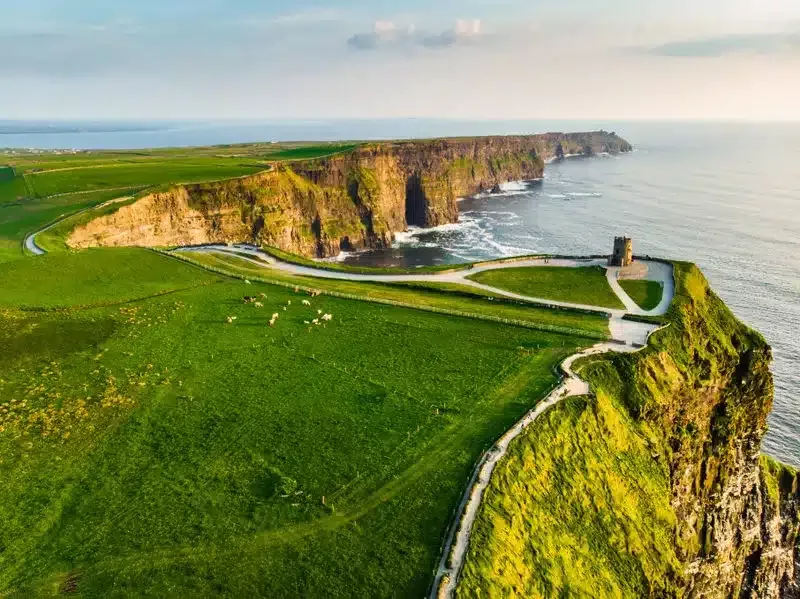
Let me start by asking you two questions: Have you ever been to the Cliffs of Moher in Ireland? Have you ever boarded a submarine?
Our letter today will tie together this unusual combination of questions with the story of one remarkable man from County Clare.
On Christmas day, we traveled to a neighbour’s house for a friendly drink while our goose cooked in the oven. Her house looks lovely on approach, the exterior clad entirely of “Liscannor Stone” – a dark grey colour and heavily covered in fossil marks. The stone is named after the small village of Liscannor on the coast of County Clare – if you have travelled to the Cliffs of Moher, then you have passed through it.
Now, back in the 1800s, Liscannor was one of the busiest ports in Ireland with lots of commercial traffic heading from the west of Ireland to the corners of the earth. However, in 1914, the fortunes of the port fell dramatically with the advent of the First World War.
In that same year, one particular native of Liscannor also came to the end of his life. His name was John P. Holland – and it is his story that we will look at in today’s letter.
Where the Cliffs Meet the Sea.
John Holland was born in a small Liscannor coastguard’s cottage in 1841 to John Holland and Mary Scanlon. The commercial success of Liscannor’s called for a heavy coastguard presence during the early 1800s – and his father was one of many coastguards posted along this stretch of the County Clare coast.
Now, when you see a surname like “Holland” in Ireland, you might wonder “where on earth did that come from? Did the family originate in Holland?” However, in Ireland we need to go back to the original Gaelic to see how a name may have “migrated phonetically” as it became anglicised over the centuries. In this case, John Holland was actually born “Sean O’hUallachain” – in fact he did not speak English until attending school at the age of five. The Irish “O’hUllachain” (which means “descendant of the proud one” was mostly anglicised as “O’Hoolihan” in this part of County Clare – but some of them also became “Holland”. And the name stuck! Do you have any Hollands or Hoolihans in your family tree?
John Holland attended the Christian Brothers school in Ennistymon where he excelled at Mathematics and Sciences. It also appears that the ethos of the Brothers made a strong impression on him – he joined the order as a novitiate in 1858 and started to teach under the new title of “Brother Philip”.
During his time as a teacher, he showed a huge talent for mechanical invention – inspiring many of his students to study drawing and mathematics. One example of his inventiveness is recorded from 1865: “Brother Philip constructed a mechanical duck, resembling an ordinary duck, that could walk about and when put into the water could swim, dive and come to the surface again.” He must have been one entertaining character to be around! It was also during this time that he started to seriously consider designs for a “submersible boat”.
Although teaching suited him, John Holland eventually realised that a life in the orders was not for him. In 1873 – the year he was due to take his final vows, he emigrated instead to the USA along with his brother.
A Second Life in The USA.
And so, John Holland arrived in the USA where he resumed his career as a teacher in Paterson, New Jersey. However, he broke his leg shortly after arrival and was laid up for a number of weeks. During his forced rest, his thoughts returned to his designs for a submersible boat and this time he came up with a working design for what we now know as the submarine.
His design was initially backed by the Fenian Brotherhood in the USA – they saw Holland’s design as a novel way to strike at the British forces in Ireland. He developed a working prototype for them known as the “Fenian Ram”, but disagreements broke out and Holland went his separate way.
By now, Holland was in his mid-forties – but seemed to have an endless reserve of inventiveness, energy and optimism. At this later stage in life, he resigned his job as a teacher to become a draftsman with an engineering firm. This would allow him to focus fully on bringing his designs into the world. Oh, he also married Margaret Foley in Brooklyn and they started a family together!
In 1888, the US Navy announced a competition for the design of a submarine. Holland’s design won this competition, beating larger companies with deeper pockets – but it was not constructed until 1893 when Holland won a later competition. His “Holland VI” design was launched in 1897 and trialled over the following year. As well as designing the USS Holland – his designs were also used to produce the RMS Holland, the first submarine in use by the British Royal Navy (I wonder what the Fenians would have made of that).
Although Holland was successful with his design, he was nudged out of the submarine business by his former backers. He was, first and foremost, a designer and inventor – possessing neither the canniness of a commercial businessman or the organisation of a manager.
He spent some years tackling the problem of manned flight, but was beaten by the Wright brothers. His designs were good, but he did not have the right backing to get them “off the ground”.
John P. Holland’s remarkable life ended in 1914 – just as the First World War saw the use of his submarine designs in battle for the first time. He was buried in Totawa, New Jersey where his headstone reads:
“John P. Holland – Father of the modern submarine.
Born Liscannor, Ireland 1841 – Died New Jersey, USA 1914
Designer of the US Navy’s first submarine – USS Holland.”
Now, wouldn’t it have been a nice if his headstone was finished in Liscannor stone?
That’s it for this week – but do feel free to share your family surnames and stories.
Slán for now, Mike and Carina.

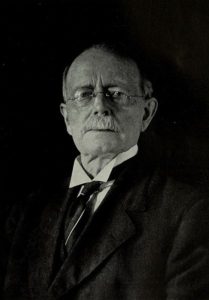
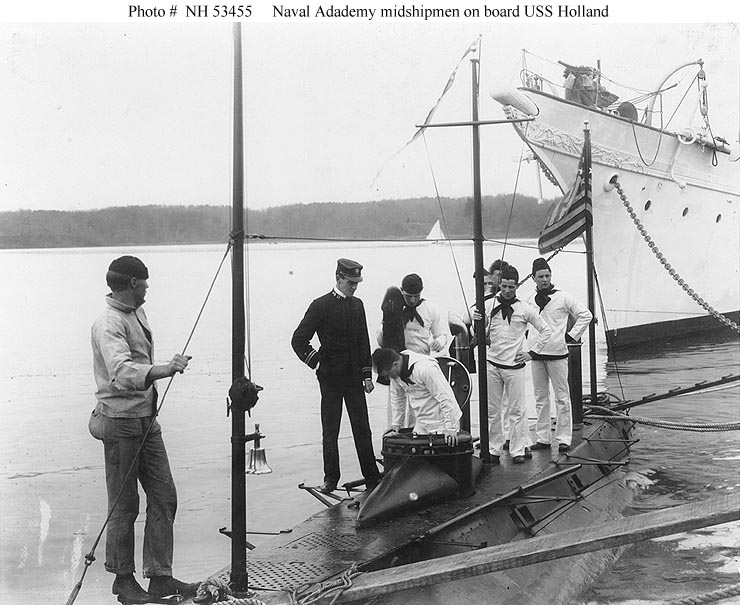
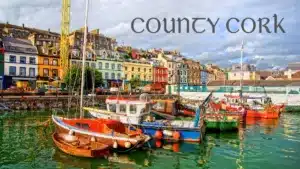
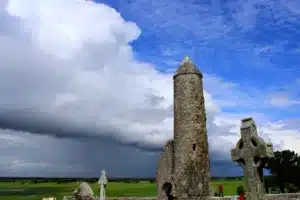
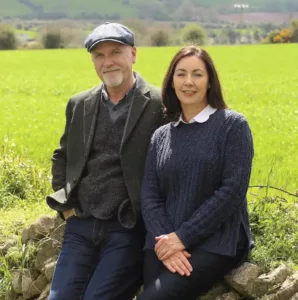
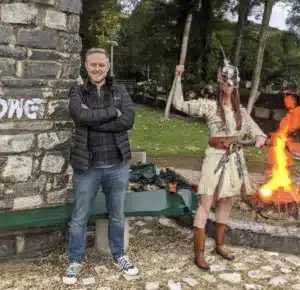
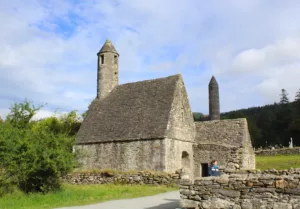
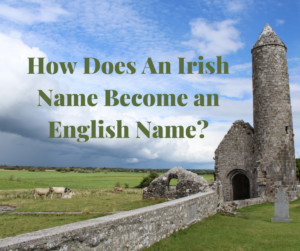
Only Plus Members can comment - Join Now
If you already have an account sign in here.